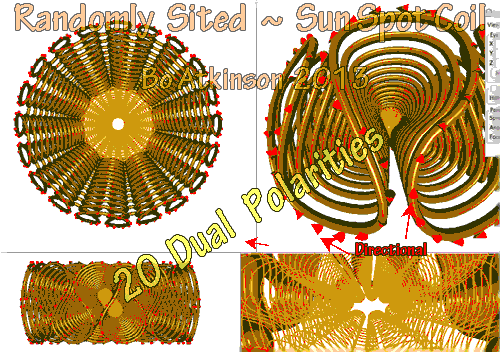I?m wondering about the controls on a Pi and have some questions:
1) anyone use the pulse delay control? Why doesn?t it allow you to set less than the default design minimum? I mean wouldn?t that be more interesting than the later half of knob travel that really kills sensitivity?
2) would a push button to boost TX source voltage be worthwhile? Maybe a boost converter to a big cap or super-cap?
3) manual variance of sample 1 vs 2 mix. What would it do?
4) variable slew or adjustable lowpass filter in preamp area?
5) in the MPP threads there is mention of a low gain inverting input 1st op amp buying some response time. Will this apply to the surf designs as well?
1) anyone use the pulse delay control? Why doesn?t it allow you to set less than the default design minimum? I mean wouldn?t that be more interesting than the later half of knob travel that really kills sensitivity?
2) would a push button to boost TX source voltage be worthwhile? Maybe a boost converter to a big cap or super-cap?
3) manual variance of sample 1 vs 2 mix. What would it do?
4) variable slew or adjustable lowpass filter in preamp area?
5) in the MPP threads there is mention of a low gain inverting input 1st op amp buying some response time. Will this apply to the surf designs as well?





Comment